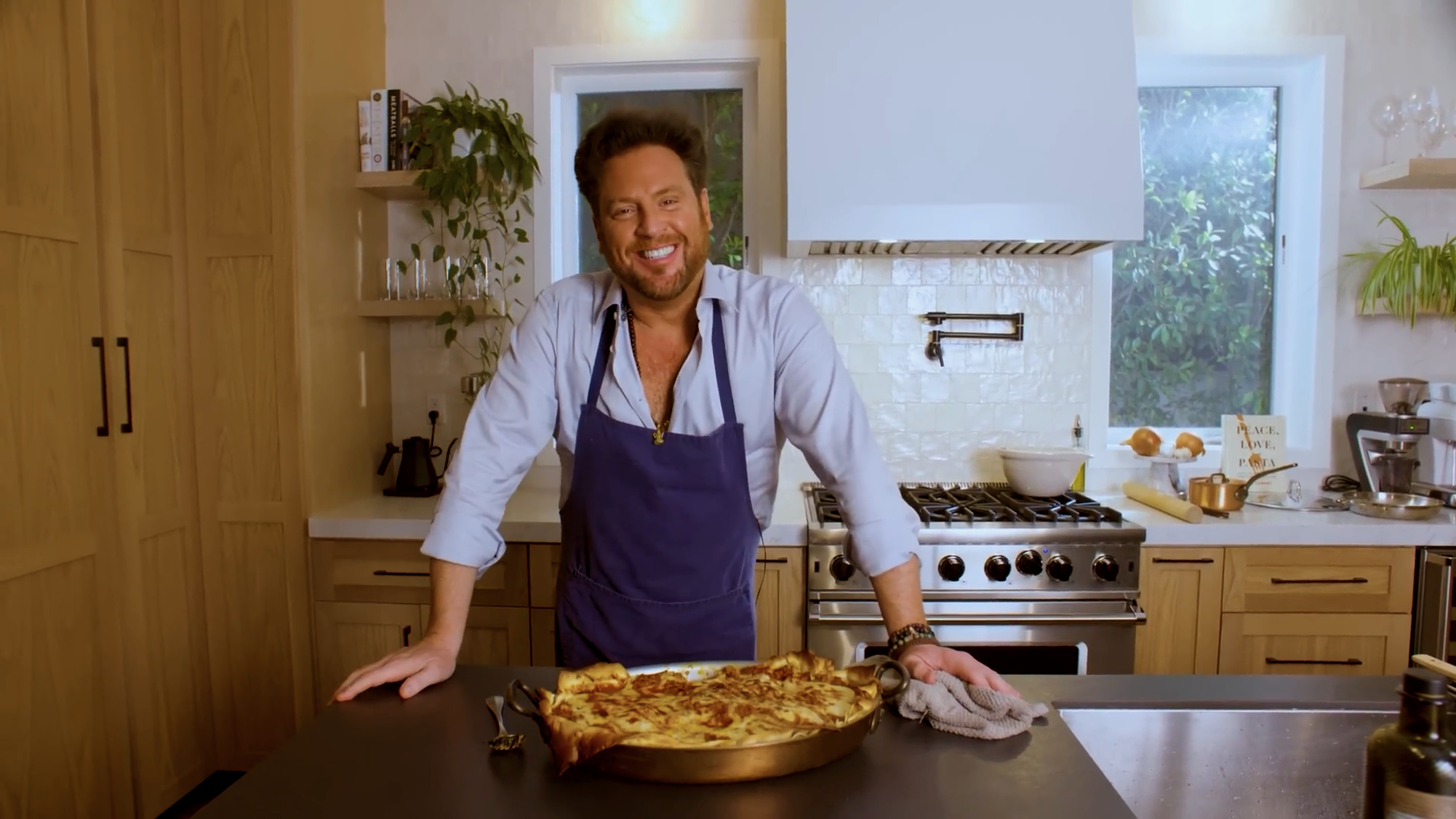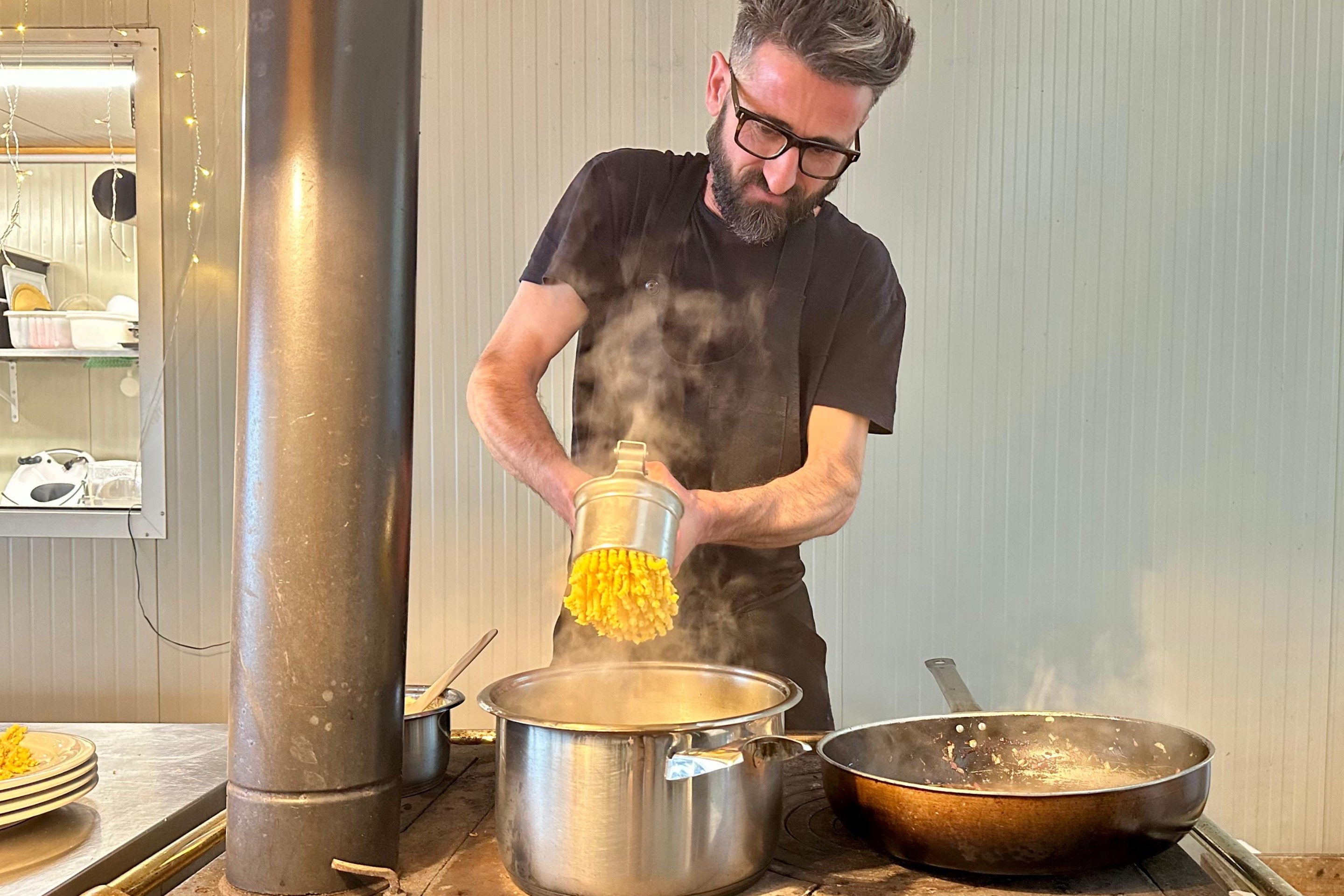Just last week I was flying between Italy, Switzerland, and Lithuania, recognizing the commonalities between the different airports: duty-free perfume samples, cigarette cartons, and shoebox restaurants, displaying an array of side-by-side cafes and bars, many of them relating to Italy in some form or another.
While walking through the Vilnius airport, I saw a string of shoebox cafes: one had baristas throwing dollops of frothed milk atop espressos and servers skillfully weaving through customers with fresh brioche in hand, while in another just beside it, bartenders were slinging spritz and offering peanuts in lieu of brioche, somehow creating a golden-hour ambiance.

It was like walking through an imitation-Italy, on a street where people choose between breakfast or an aperitivo depending on their company (here I’m very much referring to the Veneto region in Italy, where spritz is a breakfast staple in some towns).
Although I need no reason to further reflect on the beauty of running into Italy in unexpected contexts, we were coincidentally in the Week of Italian Cuisine in the World, a time that brings our attention to exactly this, Italy’s presence in foreign circumstances.
The Week of Italian Cuisine in the World was created by the Italian Ministry of Foreign Affairs with the purpose to promote traditional Italian cuisine and exportation of Made In Italy products, which are now sold everywhere and serve as a kind of window of authenticity back to the food capital of the world.
Being an American, it’s easy to see the steady interest in Italian cuisine (seemingly every town in the United States has a church, Mcdonald’s, and an Italian restaurant), but I also see very common discrepancies, such as the inability to distinguish Made in Italy from Italian-sounding products (a simple example being Parmigiano Reggiano PDO and its numerous counterfeits — you know the bag of shredded “parmesan” cheese nuzzled between your ketchup and pickle jar in the fridge shelf), which is a growing issue that Italy is trying to tackle.

Although they may be cheaper and more convenient, these products are not made in Italy at all, and their main marketing efforts echo the Made In Italy products. More likely than not, the producers of the actual Italian food or drink product are families that have maintained the same dedication, quality, and process for a stunning amount of time, within a very specific geographical region.
This is why there is a stress mostly on consumers’ education of PDO (Protected Designation of Origin) and PGI (Protected Geographical Indication) labels, that convey the European Parliament’s assurance of quality and authentic production, in a world where — let’s face it — authenticity is increasingly hard to come by.

But as these labels give a simple indication to a very honored product history, perhaps they may not convey to a newcomer the experience of the Made in Italy products alone, as well as indicate the traditional ways of consuming them.
It is for this reason Italian chefs and cuisine ambassadors spent last week landing around the world, suitcases full of cheeses, vinegars, salumes, and wines in hand, ready to educate through tastings, masterclasses, or whatever it is that may reproduce a similar magnitude they have often felt growing up in their local Italian caseifici or salumifici.
The Week of Italian Cuisine in the World calls us to celebrate the growth and spread of Italianity (like finding a misplaced Padovian street in the Vilnius Airport), while being respectful and retrospective of its cultural history (and promoting the little certified windows to Italy found in grocery stores, near you!).







